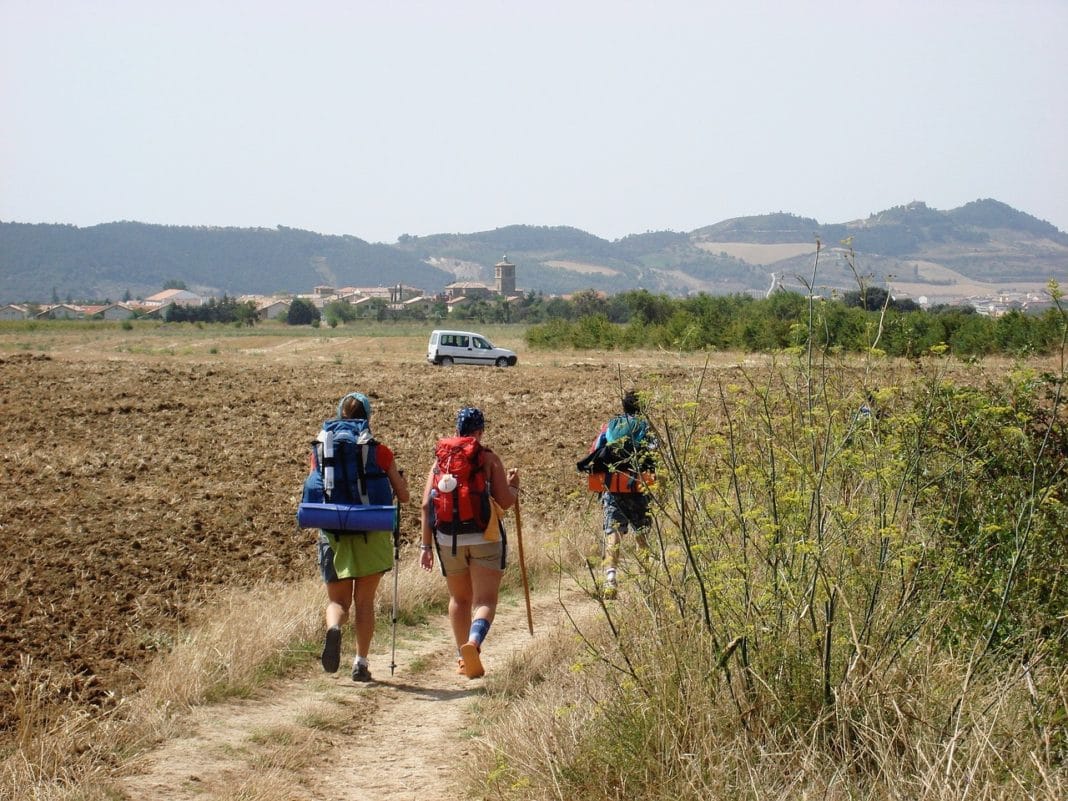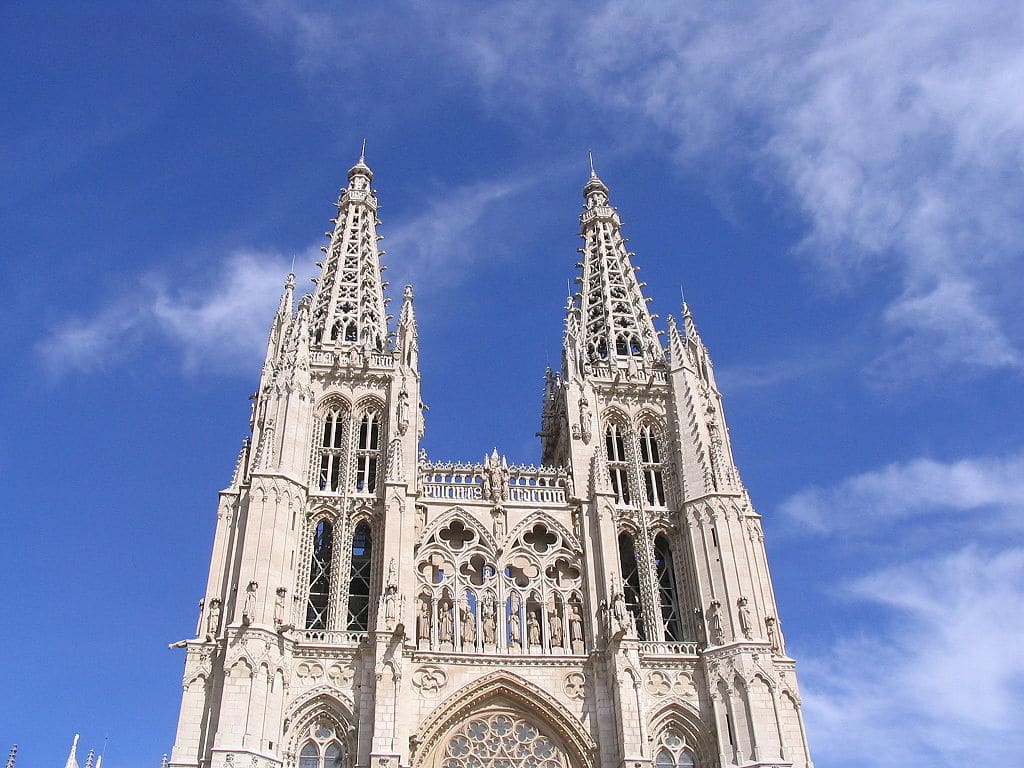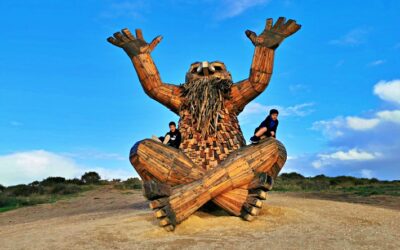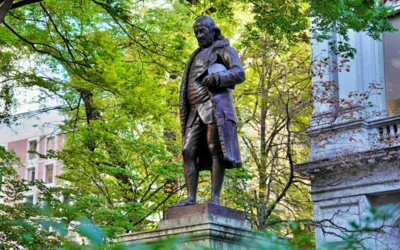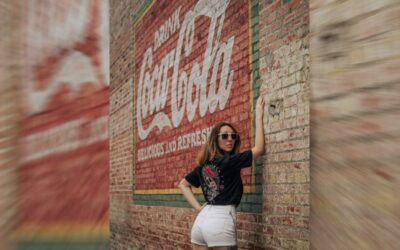- Camino de Santiago is a historic pilgrimage and popular walking holiday across Europe, offering varied experiences for many travelers.
- Plan route, season, and packing carefully—good walking shoes and waterproof jacket are essential; tents and cooking gear often unnecessary.
- Accommodation is abundant—hostels, monastic refuges, and private stays offer camaraderie and cultural encounters with fellow pilgrims.
- Along the French Way enjoy historic sights (cathedrals, medieval bridge, Cruz de Ferro) and natural sites like the Atapuerca and Ancares Mountains.
As an avid fan of hiking, trekking, and other outdoor activities that involve lots of walking, I was giddy with excitement when my friends invited me to join them for their trip on the Camino de Santiago back in 2016. Known also as the Way of Saint James, this old network of pilgrim’s ways has the honor of being one of Europe’s original walking holidays. Pilgrims from all across the continent undertook the journey in order to pay their respects to the remains of Saint James, which are allegedly buried beneath Santiago de Compostela, a cathedral in the northwest of Spain.
Today, walking the Camino is something of a rite of passage for hiking enthusiasts from all across Europe. Each year, thousands of people from all walks of life embark on the journey – some on foot, some on bikes, and I’ve even met a few who’ve made it all the way on horseback.
As for us, we’d decided that the authentic way to experience the Camino was to walk from start to finish while making plenty of stops along the way. As I’ve mentioned, we took our trip in 2016, and it took us 2 months to finish the journey at a leisurely pace. It was a tremendously enjoyable experience for all of us, and probably among my top 5 favorite hiking trips. In fact, I was so inspired by the journey that I decided to write a short primer on the Camino, to let prospective pilgrims know what to expect once they hit the road, which you can find in the rest of this post.
Preparing For the Trip
The key to having a good walking holiday is to plan ahead. And the first thing you need to consider is your choice of route. We went for the most popular choice and picked the French Way. The walk from the French border to Santiago de Compostela takes about a month to complete, but we decided to take our time and enjoy ourselves.
Picking the right time of year for traveling is also important. During the summer, the weather is generally warm, with temperatures ranging between 20° to 25° C. Winters, on the other hand, are cold and rainy, with an average temperature of around 10° C. We opted to go during the spring, in order to evade both extremes.
The other thing to consider is whether or not you care about the religious aspect of the journey. If you do, you can take out a pilgrim’s passport at one of the churches along the way, and receive a certificate of accomplishment at Santiago de Compostela. The passport has other benefits as well – it allows you to stay at some refuges along the way free of charge.
As for packing, the one item you absolutely need to bring is a pair of good quality walking shoes. My friend Joseph learned this the hard way – his shoes fell apart at the half-way point, so he had to walk barefoot to the nearest town to get a replacement pair. Also, be sure to bring a waterproof jacket in case you run into bad weather.
We also brought tents with us, but we only ended up using them once or twice, so I personally wouldn’t recommend carrying them. The same goes for cooking gear – with all the walking you will be up doing, you don’t want to carry any extra weight. I also brought my walking stick on the trip, to have something to lean on when I got tired.
Finding Accommodation
The great thing about the Camino is the fact that you can find accommodation pretty much anywhere you look. From hostels, to monastic refuges, to private accommodation, there is something to suit everyone’s needs (and pockets). We stayed at all sorts of place throughout our journey, and there were a couple of highlights as well, including:
- Albergue Verde, a hostel know across the Camino for its delicious vegan cuisine (and we can confirm that it was indeed delicious!).
- Albergue Parochial, a refuge that prides itself for providing an old-school monastic experience, complete with a communal dinner and an evening prayer in the nearby chapel.
- Paloma y Lena, a cross between a hostel and ranch, set against the backdrop of nature, with a breakfast buffet every morning.
Hostels and refuges are also great places to meet fellow pilgrims. We’ve met people from all across the world, including an old married couple from Japan, a pair of nuns from Argentina, and a whole commune of hippies from Belgium. My friend Maria also knew some Spanish, so we got introduced to plenty of local people as well.
Sights Along the Way
While the main attraction of the Camino is the pilgrimage experience itself, there are still plenty of sights to see along the way if you wish to have a more traditional holiday experience. Some of the places that we’ve enjoyed visiting include:
- The Burgos Cathedral, a Gothic temple dating back to the 13th century, with an impressive array of spires that was a pleasure to explore.
- The León Cathedral, a church built on Roman ruins in the 9th century, which today serves as a library for medieval studies.
- The Bridge of Puente la Reina, a Roman bridge from the 11th century that is perfect for observing the surrounding countryside, and taking pictures.
- Cruz de Ferro – the cross is the highest point of the Camino Frances, and is a sight many pilgrims like to make a stop at, leave a stone or pebble behind, and offer a prayer of thanks.
Nature lovers will find much to like on the Camino as well. I was personally impressed with a couple of them, including:
- The Atapuerca Mountains, a UNESCO World Heritage Site with numerous archaeological digging sites.
- The Ancares Mountains, which are a part of a nature reserve set between Galicia, Castile, León, and Asturias, and the home to many endemic species.
Bon Voyage and Enjoy El Camino de Santiago!
The Camino offers a unique experience to everyone who treads its path with open eyes and an open heart. The journey can sometimes be tiring, something exhilarating, but it will certainly be one you won’t forget soon. I know I didn’t.
Related Article: 8 Enjoyable & Eclectic Things To Do in Spain
Rebecca
Rebecca is a translator, an interpreter and an intrepid writer. She has spent years stuck in an office job, only to realize she would feel most comfortable on the road, and she has been traveling and working ever since. You can always hit her up for recommendations on the best places to have good coffee and good internet in most European capitals.


